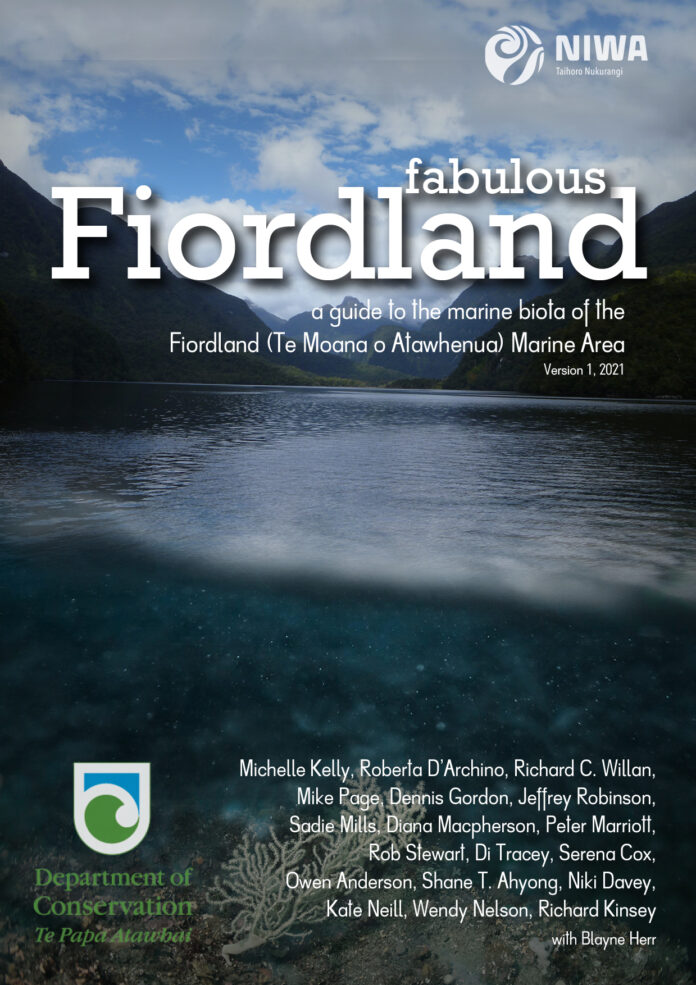Source: NIWA – National Institute of Water and Atmospheric Research
With cascading waterfalls and native bush tumbling down mountainous terrain, Fiordland is one of the most eye-catching parts of the country. But peer beneath the waves and you’ll see that Fiordland’s marine invertebrate and seaweed communities are every bit as remarkable and awe-inspiring.
A new, fully illustrated e-Guide from NIWA and the Department of Conservation captures just what weird and wonderful marine creatures call this part of Aotearoa New Zealand home.
Prepared by NIWA and a host of taxonomic experts under a contract from the Department of Conservation and in collaboration with the Fiordland Marine Guardians, the e-Guide is designed for New Zealanders and visitors who love our oceans, who dive and snorkel, explore our coasts, and for those who educate and are charged with kaitiakitanga, conservation and management of our marine realm.
One of the unique characteristics of the fiords is that light penetration is reduced by a layer of tannin-stained fresh water that can be over 10m deep at times. These dark but shallow waters mimic deep-water habitats and support an ‘emergent’ fauna that normally lives in the deep.
Gradients in light, current, and wave exposure occur along the narrow fiords to create a diverse environment, supporting abundant animal and algal communities in different zones along the fiords.
Stunning black coral trees, red corals, sea pens, lamp shells and fragile glass sponges are abundant on fiord walls and submerged trees that have fallen hundreds of metres from vertical valley sides.
Sea pens can be found in vast fields on shallow sills at the entrance of the fiords and the outer fiords are influenced by wave action from the open sea, mixing fresh and sea water. Here the marine community is not limited by light, and so macroalgae such as large brown seaweeds, fine red algae and coralline algae dominate.
Urchins and pāua graze and shape this community and the emergent deep-water species are pushed to greater depths. This great diversity of spectacular underwater scenery is revered by divers the world over.
Each of the e-Guide’s 147 species pages illustrates and describes features that can be seen by eye or magnifying glass and with language that is non-technical or explained in an index helping you to differentiate one species from another. Information is also provided in quick reference icons that convey information without words.
Check out the e-Guide and discover the beautiful Fiordland black coral and its resident snake stars, find out where the bryozoan named after a Star Wars character lives, memorise some new facts about the New Zealand red rock lobster and learn how to spot the differences between red algae species at https://niwa.co.nz/coasts-and-oceans/marine-identification-guides-and-fact-sheets/fabulous-fiordland.



